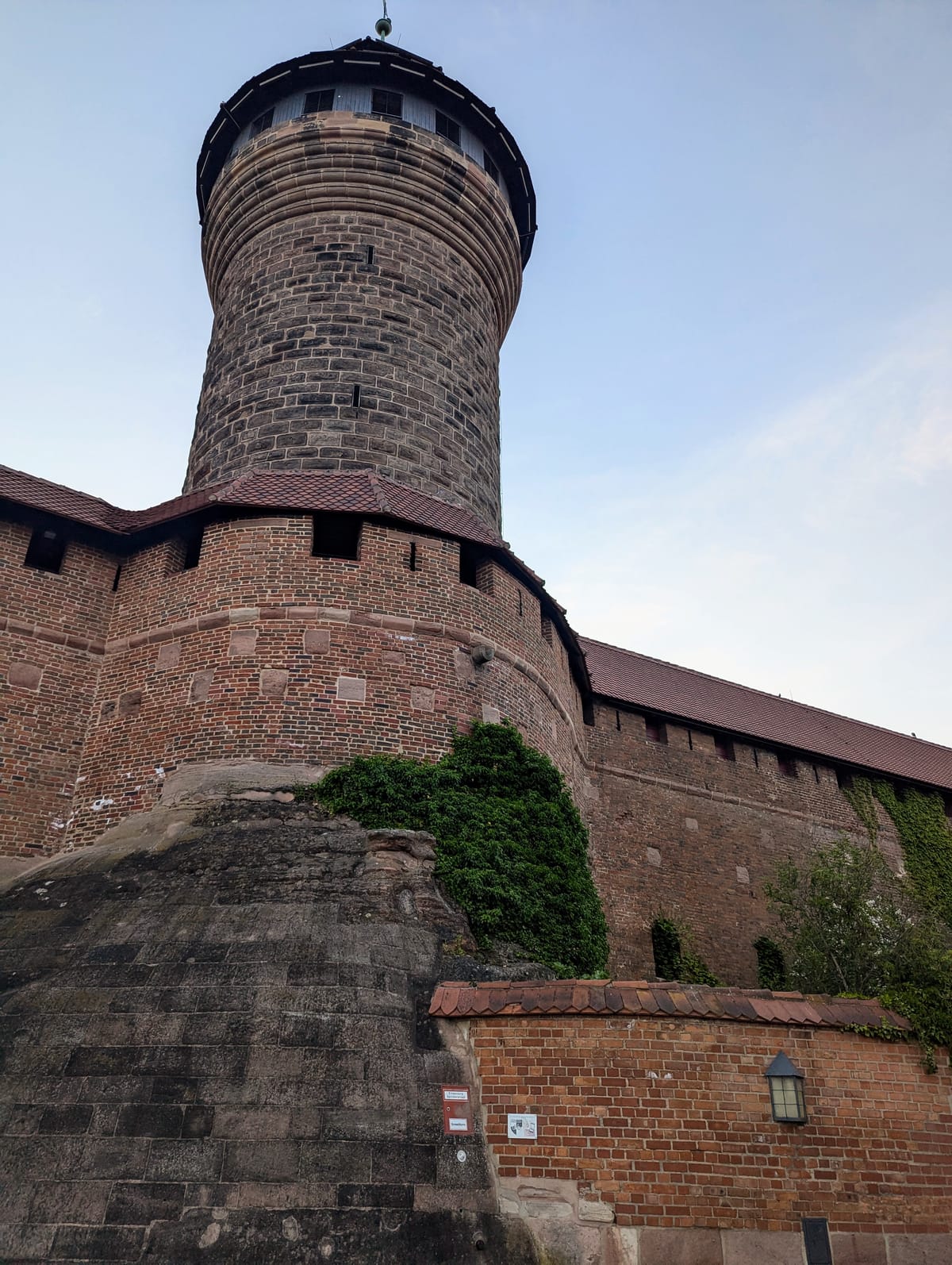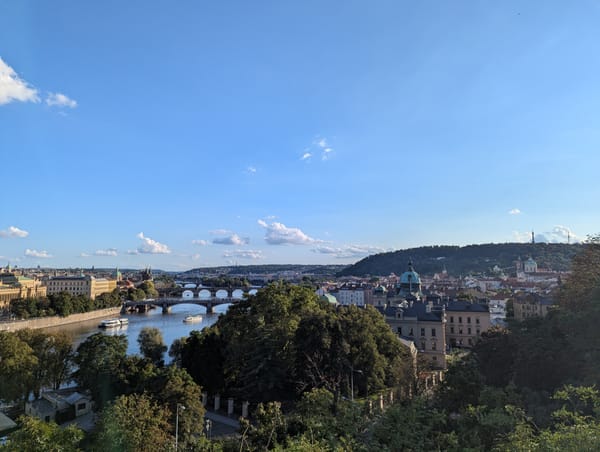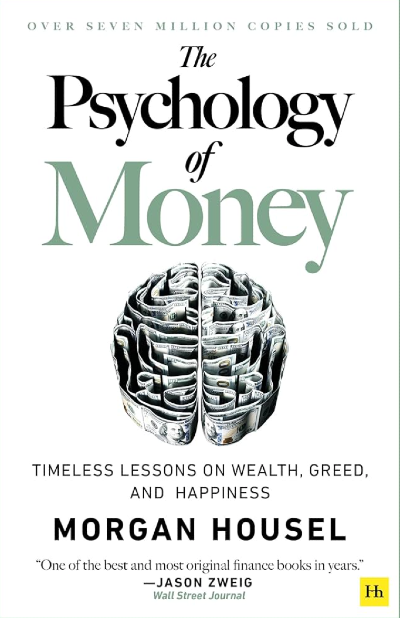Nuremberg Castle: Two-Minute History

Where is it?
Nuremberg Castle sits at the northern edge of Nuremberg’s Old Town in Bavaria, Germany. It’s one of the country’s best-preserved medieval fortresses.
Why is it important?
For around 500 years, the castle was a key center of power for the Holy Roman Empire. Every newly elected emperor was expected to hold his first Imperial Diet (assembly) here. It symbolized imperial authority across the empire’s German territories.
When was it built?
The castle’s origins date back to around 1050. Emperor Henry III of the Salian Dynasty began the earliest fortifications. Construction and additions continued over centuries, with the castle growing into a sprawling complex. Major work was done through the 12th to 16th centuries, reflecting Romanesque, Gothic, and Renaissance styles.
Who built it?
Initial construction started under Henry III, and later rulers—including Frederick Barbarossa and Charles IV—expanded and strengthened the castle. Each emperor left their mark, often adding new buildings or reinforcing defenses.
Was it a royal residence?
Not exactly. Holy Roman Emperors didn’t live here full-time. The castle was more of an administrative and ceremonial site, used when emperors traveled through the empire. That said, it hosted imperial courts and served as a temporary home during major political events.
What happened to it?
The castle remained important until the empire’s decline. By the 16th century, after the reign of Charles V, its political role faded. During the Thirty Years’ War (1618–1648), it withstood the Siege of Nuremberg in 1632, when Swedish forces tried to capture the city. In World War II, the castle and much of Nuremberg were badly damaged during the 1945 Battle of Nuremberg. Restoration began soon after the war and has continued into modern times.
What’s there now?
The castle complex today includes the Imperial Castle (Kaiserburg), a chapel, towers, courtyards, and deep wells. The mix of Romanesque and Gothic architecture shows how it evolved over centuries. Exhibits highlight its imperial history and the broader story of Nuremberg. Recent updates have improved displays and accessibility, but the core of the castle remains as it was rebuilt after WWII.
Anything else?
The castle is a symbol of Nuremberg’s historical significance and one of Germany’s top medieval landmarks. Even after the emperors stopped using it, the castle was maintained as a show of strength and heritage. Its long history reflects the shifting politics of Central Europe—from the rise and fall of the Holy Roman Empire to the scars of 20th-century conflict.





